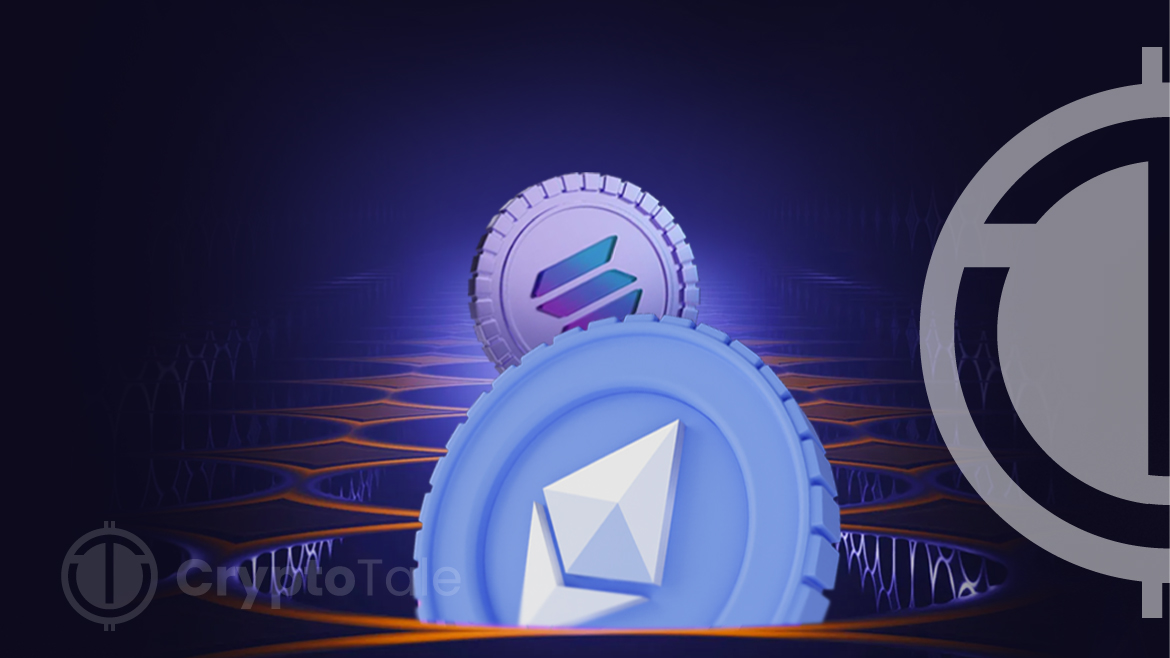- MartyParty’s significant shift from Ethereum to Solana reflects growing confidence in Solana’s potential.
- Solana’s impressive throughput, low transaction costs, and rapid adoption are making it a strong Ethereum competitor.
- The introduction of Firedancer and key partnerships further bolster Solana’s position in the digital asset space.
In a bold move emblematic of shifting sentiments in the cryptocurrency market, MartyParty, a notable figure in the digital asset space, recently announced a significant reallocation of his crypto portfolio. Disclosing a major shift in his cryptocurrency portfolio, MartyParty revealed that 90% of the Ethereum (ETH-USD) accumulated since 2018 has been converted into Solana (SOL-USD).
This decision underscores a growing confidence in Solana, with MartyParty suggesting that the potential upside for SOL surpasses that of ETH. Despite the difficulty of this decision, the swap signifies a strategic pivot, reflecting the evolving dynamics and potential opportunities within the cryptocurrency market.
Solana’s emergence as a strong competitor against Ethereum, the second-largest crypto by market cap, marks a pivotal moment in the industry. This shift gains relevance considering Solana’s impressive performance metrics, rapid growth in user activity, and its relatively lower market cap compared to Ethereum. The comparison between the two networks aims to shed light on Solana’s potential value.
Solana operates as a proof-of-stake layer-1 blockchain, akin to Ethereum, but with a significantly higher throughput. Ethereum processes under 30 transactions per second (TPS), while Solana achieves a staggering 65,000 TPS. This leads to much faster transaction times on Solana, often completed in seconds, as opposed to Ethereum’s 15 seconds to five minutes.
Cost is a critical factor in this comparison. The high transaction costs, commonly referred to as gas fees, have been a longstanding issue for Ethereum users. These fees have escalated to a six-month peak, adding to the concerns of those utilizing the Ethereum network.
On the other hand, Solana’s transaction fees are less than a penny, making it an attractive option for users seeking low-cost transactions. This efficiency could help Solana attract more users as cryptocurrency continues to gain broader adoption.
Bank of America analysts have likened Solana to the Visa of the digital asset ecosystem, recognizing its extensive throughput, affordability, and quick transaction times. The Solana blockchain is not only performing impressively at present but is also poised for further advancements. The upcoming introduction of Firedancer, a new validator, is expected to boost Solana’s throughput to a remarkable one million transactions per second.
Additionally, the user experience improvements in Solana have triggered a surge in its usage. The TVL of Solana has increased from $210.47million to $337million, showing increased user confidence in the network.
Furthermore, Solana has witnessed significant corporate partnerships and migrations of projects. Notably, Shopify integrated with Solana Pay and Visa chose Solana for USDC transactions.
Projects like Helium and Render have migrated to Solana, drawn by its exceptional transaction speeds and low costs. These developments highlight Solana’s ascending trajectory in the digital asset ecosystem, positioning it as a formidable rival to Ethereum.






